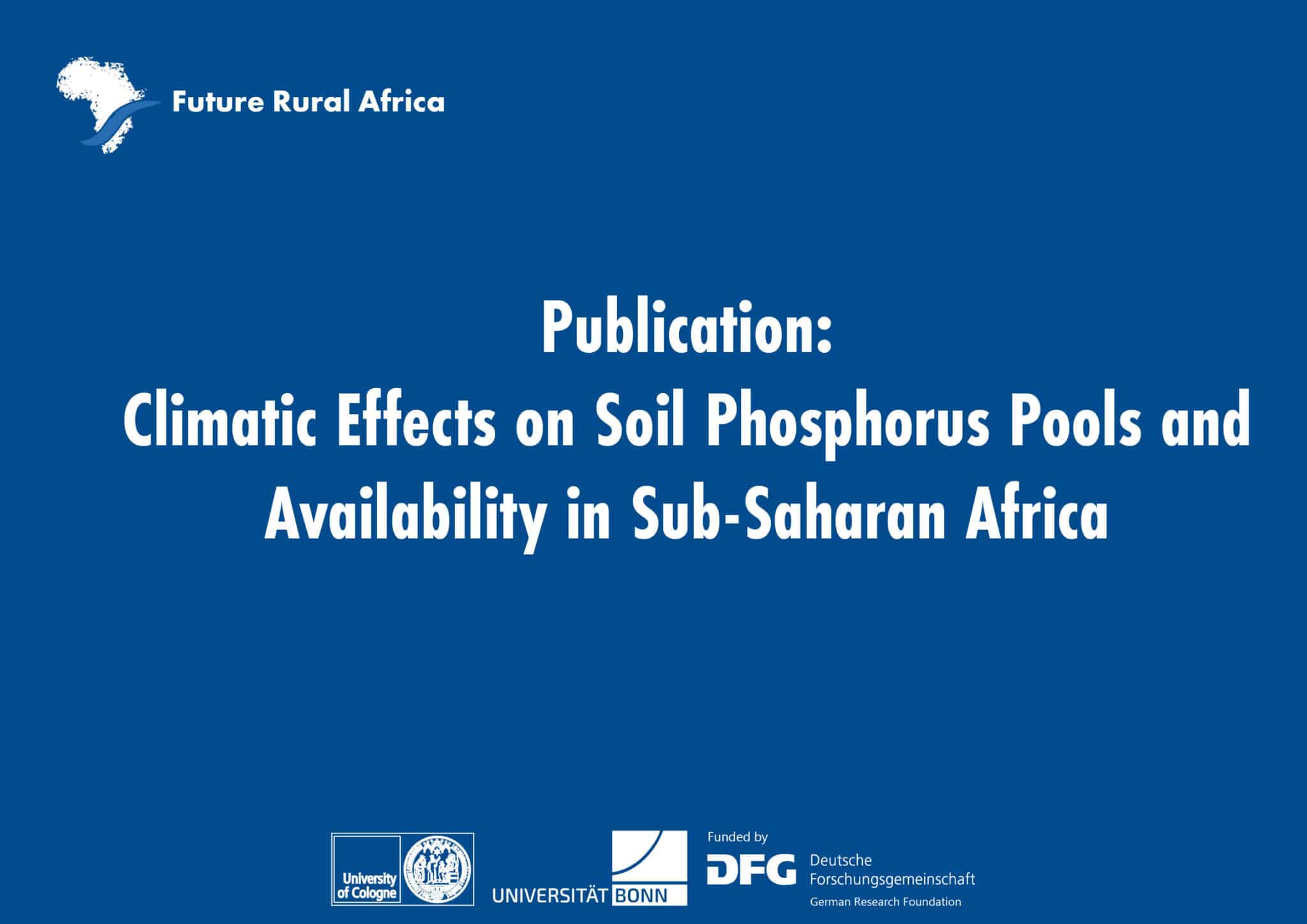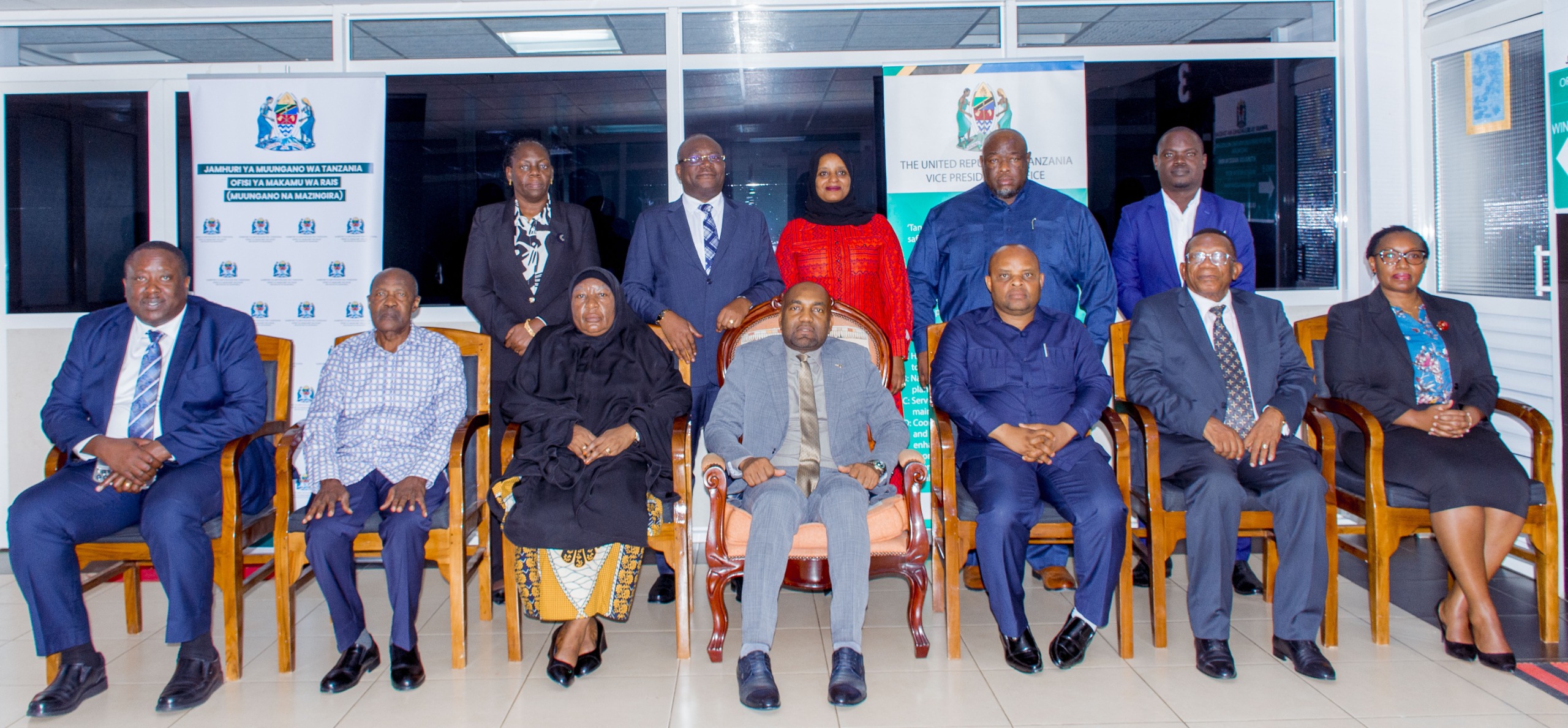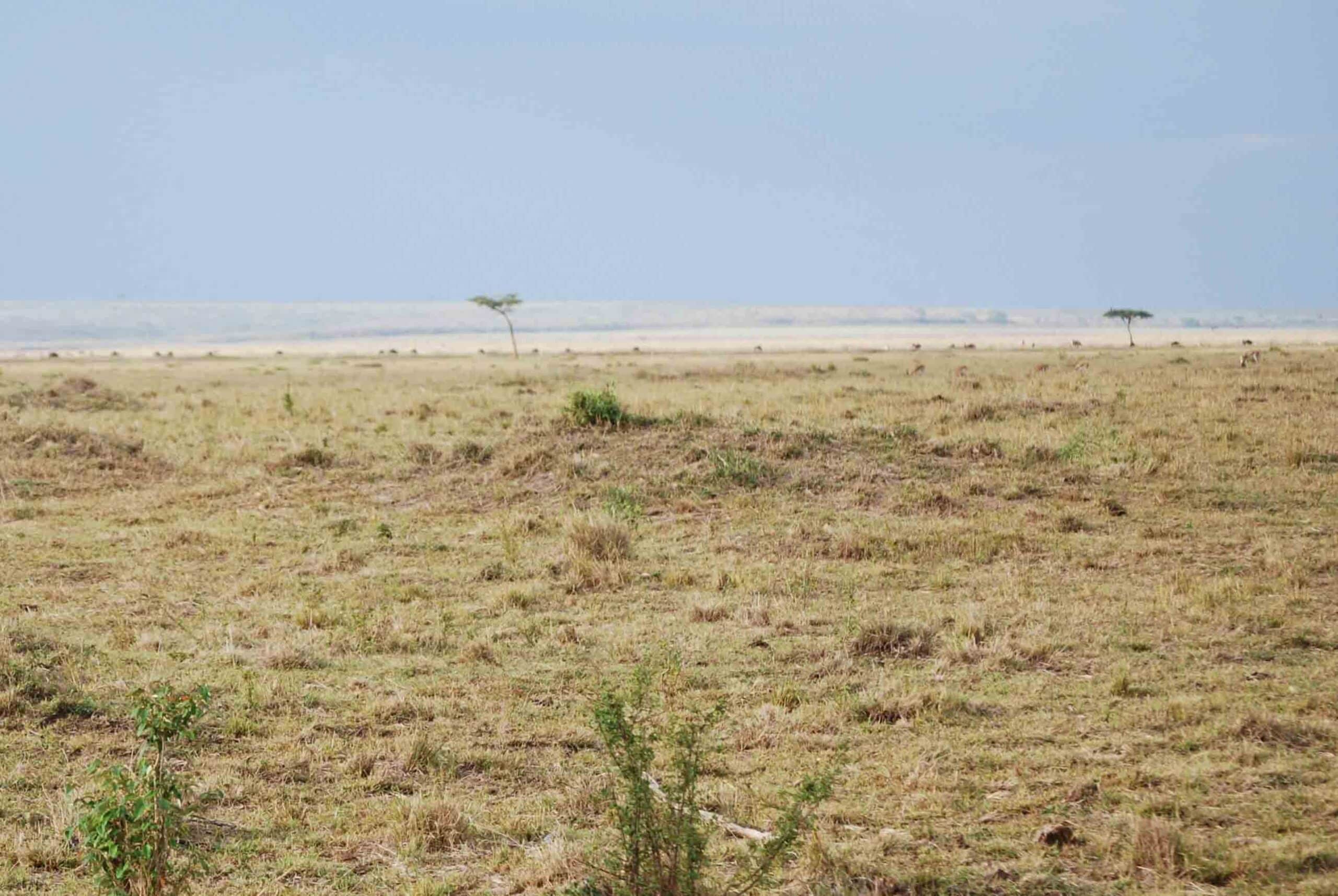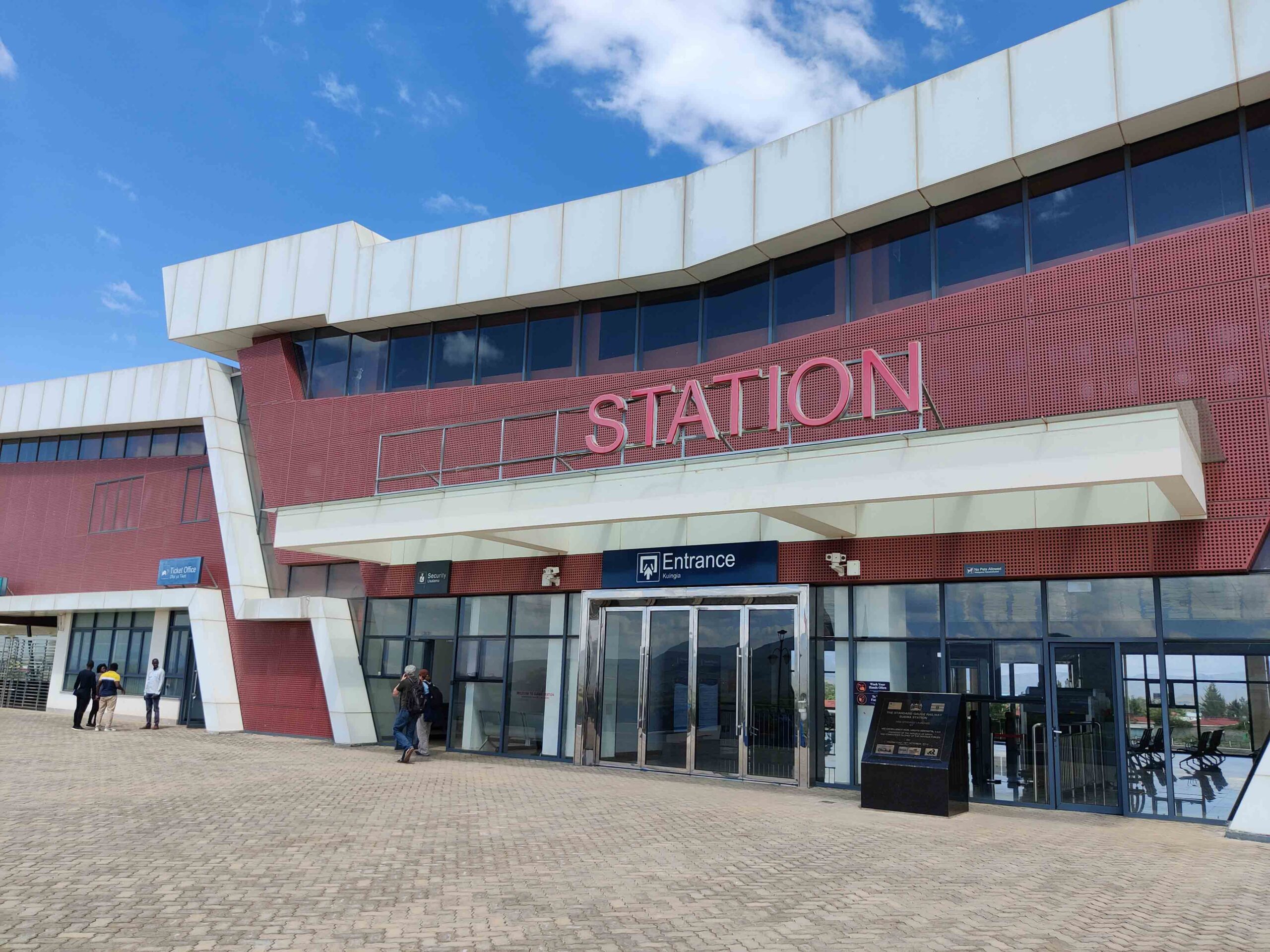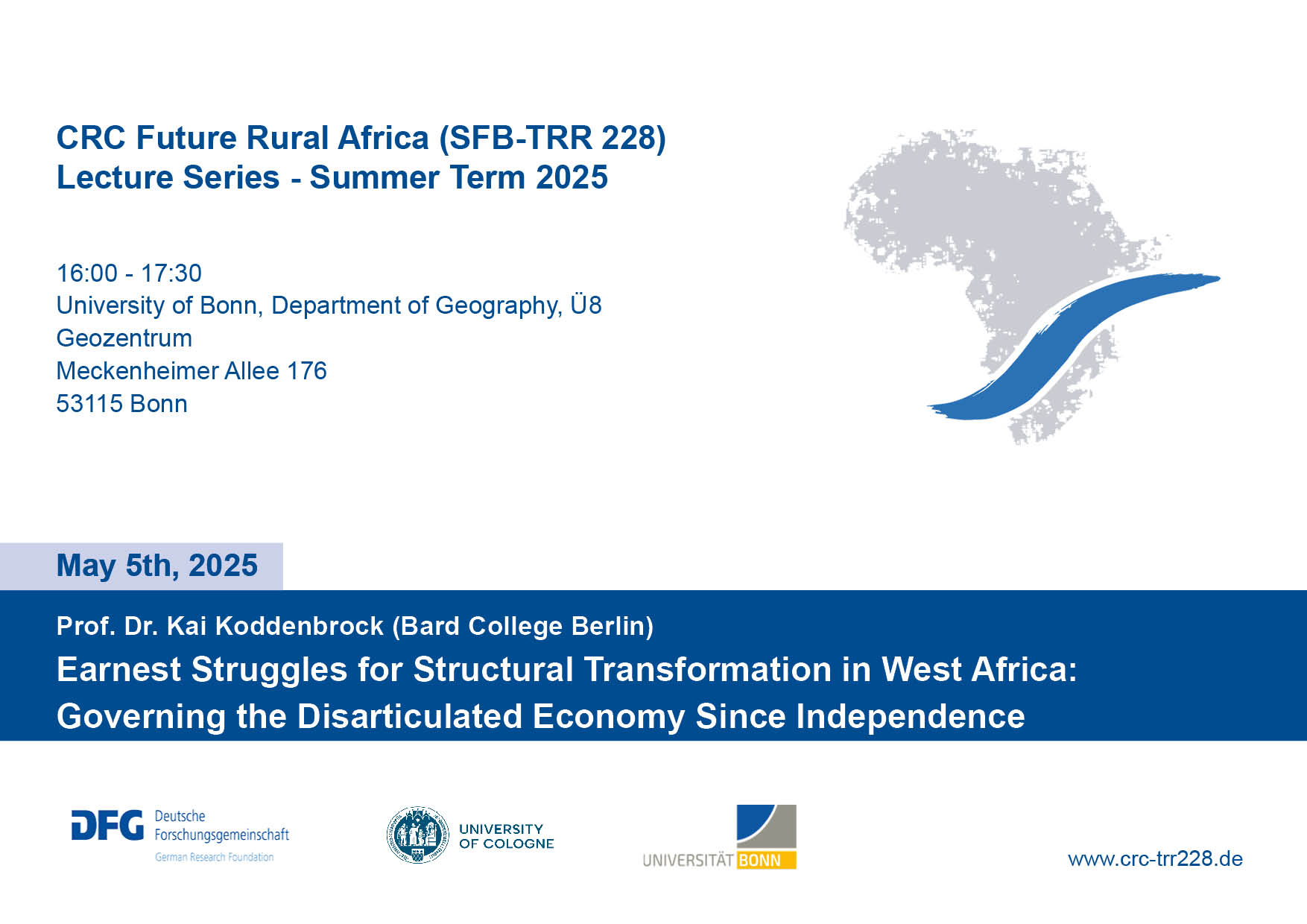By L. M. Chabala, C. Shepande, A. Sandhage-Hofmann, W. Amelung (CRC-TRR Project A01 Future Carbon Storage) in collaboration with N. Mutwale-Mutale, F. Jorge, B. H. Chishala, A. Cambule, A. Nhantumbo, M. Matangue and M. Braun.
Abstract
Phosphorus (P) is a key limiting nutrient in tropical and subtropical soils but with unknown responses to climate change. We hypothesized that storage and distribution of P pools differ between reference soil groups, but P availability increases with an increase in precipitation in native sub-Saharan Africa, an underrepresented region in the global P database. To test these hypotheses, we sampled topsoils (0-10 cm; Arenosols, Lixisols, Acrisols) of uncultivated Savannah woodlands along climate gradients stretching from Mozambique to Zambia. Mean annual precipitation (MAP) ranged from 365 to 1227 mm. We extracted P fractions using Hedley’s sequential fractionation, yielding resin-exchangeable P, P in 0.5M NaHCO3, 0.1M NaOH, 1M HCl, and aqua regia. Extracts were analyzed for total P using inductively coupled plasma–optical emission spectroscopy and inorganic P using the colorimetric molybdenum-blue method. We found that total P contents were highest in Acrisols (235±76 mg kg-1), followed by Lixisols (214±45 mg kg-1) and Arenosols (133±74 mg kg-1). Beside P storage also P distribution differed between soils. Mean annual temperature (MAT) did not reveal significant correlations to P fractions. However, with increasing MAP, concentrations of almost all P pools increased; available Pi (Resin-P) increased significantly in Arenosols while potentially bioavailable-P (NaHCO3-Po) increased in all soils, with MAP explaining 43% of data variability in Arenosols, 74% Lixisols, and 85% Acrisols. Hence, P availability increased with an increase in MAP to different degrees, i.e., climatic effects on P dynamics were soil-group specific. Therefore, different regions in the native sub-Saharan woodlands are thus likely prone to different soil fertility responses when climate changes.
Reference
Mutwale-Mutale, N., Jorge, F., Chabala, L.M., Shepande, C., Chishala, B.H., Cambule, A., Nhantumbo, A., Matangue, M., Braun, M., Sandhage-Hofmann, A. and Amelung, W. 2023. Climatic effects on soil phosphorus pools and availability in sub-Saharan Africa. Eur J Soil Science . DOI

